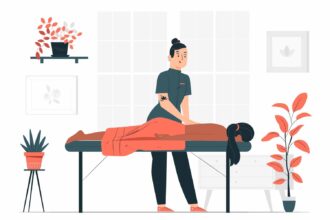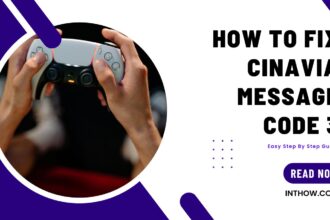How can we teach students to learn in the most engaging and meaningful way possible? In the end, students need to be able to use their knowledge and skills in real-world situations, and this can only happen if they understand what they’re learning. So how do we make sure that students are truly learning? Here are five keys to making this happen.
1) Teach Concepts, Not Just Info
Students need to understand why a topic is important, how it applies in their lives, and how they can use it when making decisions or solving problems. This conceptual learning then leads to lasting understanding. So if teachers focus on improving student achievement (and I hope they are), there’s no better way than teaching concepts over information.
2) Help Students Develop Relationships with Historical Figures
Have students choose a historical figure from their social studies lessons. Then, ask them about their personality traits and draw a portrait of that historical figure based on what they learned.
You can even have social studies lessons for 3rd grade students that have them write a letter from that historical figure to another important figure in history or someone in their own life. This activity helps students connect what they are learning in social studies class with people in their everyday lives.
3) Encourage Student Engagement in Class
Encourage students to ask questions and participate in classroom activities. Use open-ended questions that start with how, what, or why. Next, have students explain their thoughts during problem-solving. Finally, ask them what they know about a topic, how they solved a problem before, and why they did something a certain way by giving students time to work on projects or follow up on unanswered questions at the end of class.
4) Create Opportunities for Critical Thinking & Self-Evaluation
Encourage discussion of topics that might lead to a teachable moment – where students discover something new about themselves, their learning, or their relationship with others. You should also encourage your students to make connections with prior knowledge. For example, ask students: How might your new understanding of X relate to your existing knowledge or beliefs about Y? How would you explain that relationship in your own words?
5) Focus on What They Can Do with Their Knowledge
When we’re learning, if we can focus on what we can do with our knowledge, we’re more engaged in what we’re doing. So, for example, if we’re learning how to solve problems, let’s talk about what kinds of situations we might need problem-solving skills. Then let’s imagine how someone would approach each situation differently. If we want students to feel like they’re making a difference, let’s focus on how they can make a difference.
Provide frequent breaks or transition times. Breaks give your students time to reflect on what they have learned, which helps them connect prior knowledge and new learning. It also provides you with an opportunity to give any clarifying information before moving forward. Finally, they can study using various learning resources such as Adobe Education Exchange.








